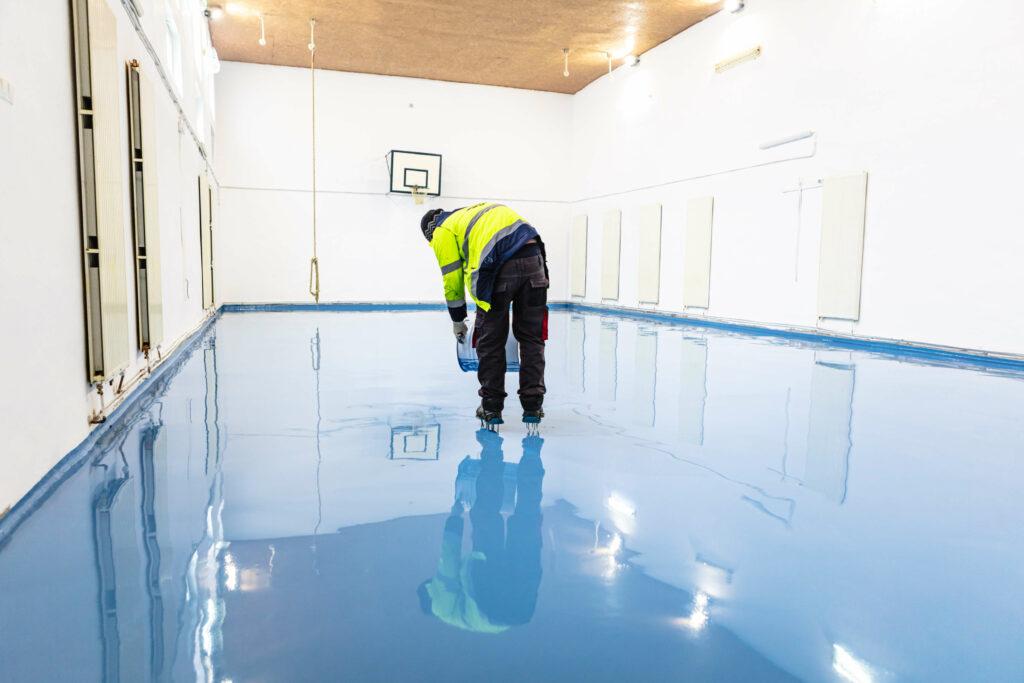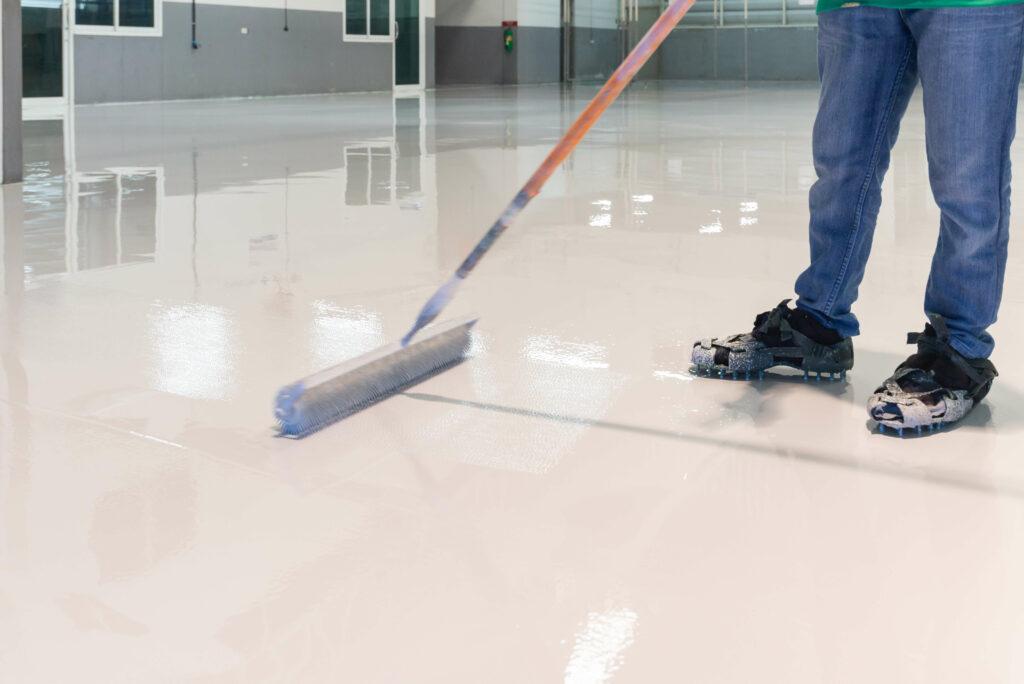
On Social:
It can cause extensive damage to equipment, leading to costly repairs or replacement, and in some cases, it can even be dangerous. Fortunately, there are several ways to protect against chemical corrosion, including using the right materials and coatings.
Chemical corrosion can be extremely dangerous and can affect both the quality of the stored liquid and the safety of the people working with it.
Several ways to protect against chemical corrosion include using a bunded tank, epoxy coatings, and reinforced linings.


A bunded tank is a tank that has two walls, with the outer wall protecting against leaks. Epoxy coatings are applied to the inside of the tank to provide a barrier between the stored liquid and the tank’s metal. Reinforced linings are made from materials resistant to corrosion, such as PVC, butyl rubber, or fluorocarbon resins.
Bunded tanks are the most effective way to protect against chemical corrosion. There are three types of bunds: open, closed, and floating. Open bunds are the most common type and consist of a collection area that is open to the environment.
Closed bunds are tanks with a collection area separate from the main tank and are often used for holding liquids that are not compatible with the stored liquid.
Floating bunds are tanks with a collection area floating on the stored liquid bunds that work by collecting any liquid leaked from the tank. This prevents the stored liquid from coming into contact with the environment and reduces the risk of contamination.
Bunded tanks are the most effective way to protect against chemical corrosion. It is important to have regular bund inspections in order to catch any problems early and prevent them from getting worse.


When it comes to renovating tanks, a few different methods can be used. Some people may choose to use an epoxy coating, which is a type of coating that is applied to a surface to protect it from corrosion.
Epoxy coatings are available in both liquid and powder form, and they can be applied to a variety of surfaces, including metal, concrete, and even plastic.
One of the benefits of using an epoxy coating is that it can provide a long-term protective barrier against corrosion. In addition, epoxy coatings are relatively easy to apply, and they can be used on both new and existing tanks. Tank renovation can be a complex process, but an epoxy coating can make it easier.
If you’re looking for a way to protect your tank from corrosion, an epoxy coating may be the perfect solution.
Contact our tank renovation specialist team today to learn more about our systems and how it can benefit your tank.


Chemical tank linings are typically made from polyvinyl chloride (PVC), butyl rubber, or fluorocarbon resin. PVC is the most common lining material because it is inexpensive and resists many types of chemicals.
Butyl rubber is more expensive, but it is more resilient to corrosive chemicals and provides a better seal against moisture.
Fluorocarbon resins are the most expensive linings, but they offer the best protection against corrosive chemicals.
The type of lining material used is also affected by the temperature and the presence of sunlight.
PVC and butyl rubber linings are most often used in tanks that are stored indoors or in shaded areas.
Fluorocarbon resins should be used in tanks that are exposed to direct sunlight.

For a free survey, and to discuss corrosion prevention, contact D&R Maintenance Solutions on 01600 714462 or email us on: enquiries@dr-maintenance.co.uk

View Our Latest Case Studies
D+R Maintenance Solutions
Quick Links:
| Cookie | Duration | Description |
|---|---|---|
| cookielawinfo-checkbox-analytics | 11 months | This cookie is set by GDPR Cookie Consent plugin. The cookie is used to store the user consent for the cookies in the category "Analytics". |
| cookielawinfo-checkbox-functional | 11 months | The cookie is set by GDPR cookie consent to record the user consent for the cookies in the category "Functional". |
| cookielawinfo-checkbox-necessary | 11 months | This cookie is set by GDPR Cookie Consent plugin. The cookies is used to store the user consent for the cookies in the category "Necessary". |
| cookielawinfo-checkbox-others | 11 months | This cookie is set by GDPR Cookie Consent plugin. The cookie is used to store the user consent for the cookies in the category "Other. |
| cookielawinfo-checkbox-performance | 11 months | This cookie is set by GDPR Cookie Consent plugin. The cookie is used to store the user consent for the cookies in the category "Performance". |
| viewed_cookie_policy | 11 months | The cookie is set by the GDPR Cookie Consent plugin and is used to store whether or not user has consented to the use of cookies. It does not store any personal data. |